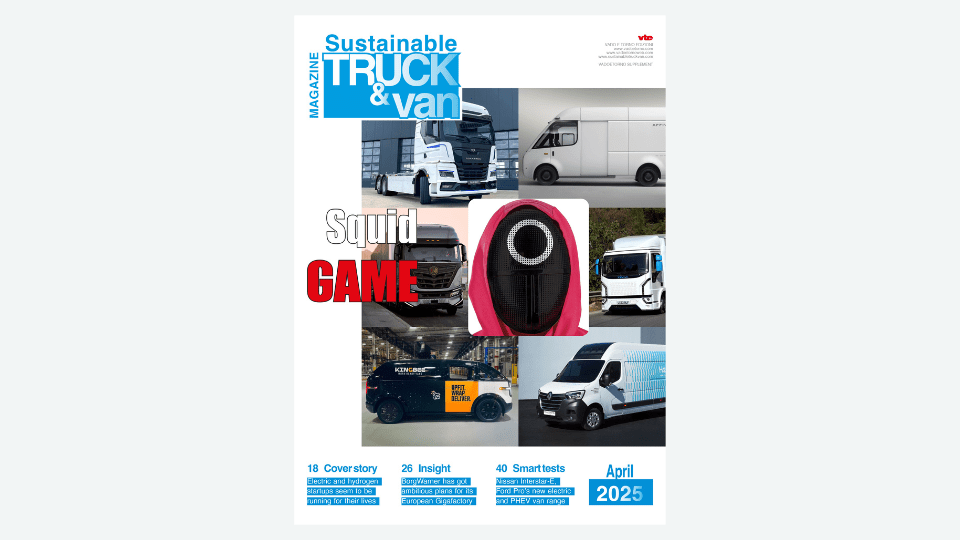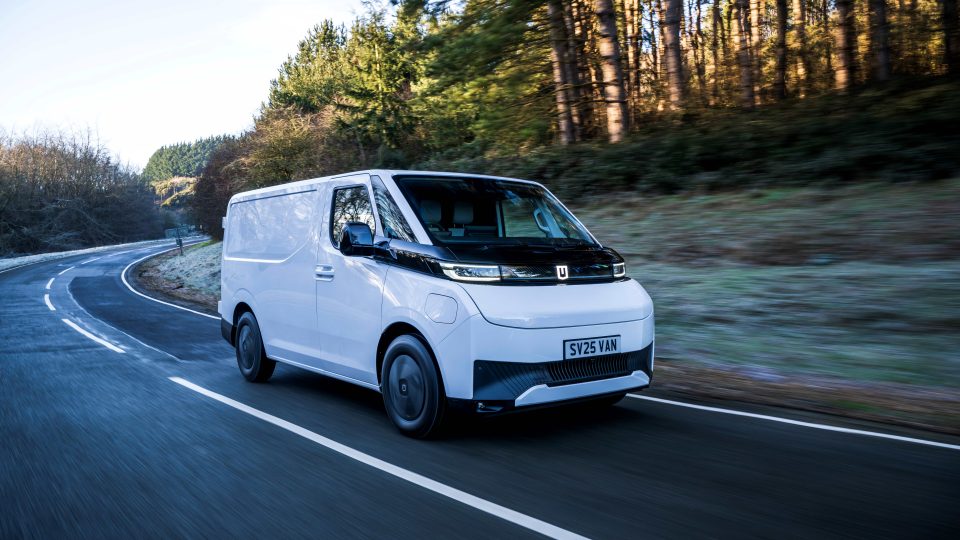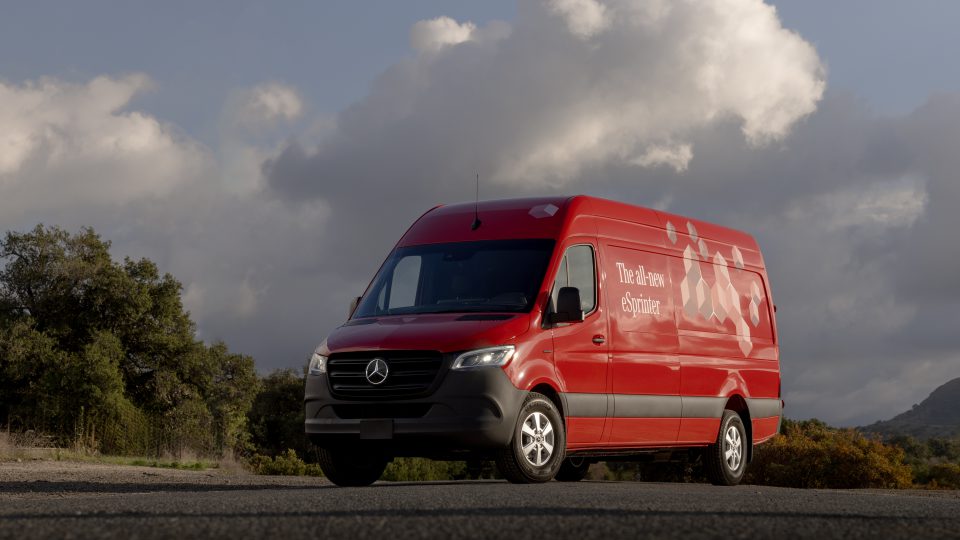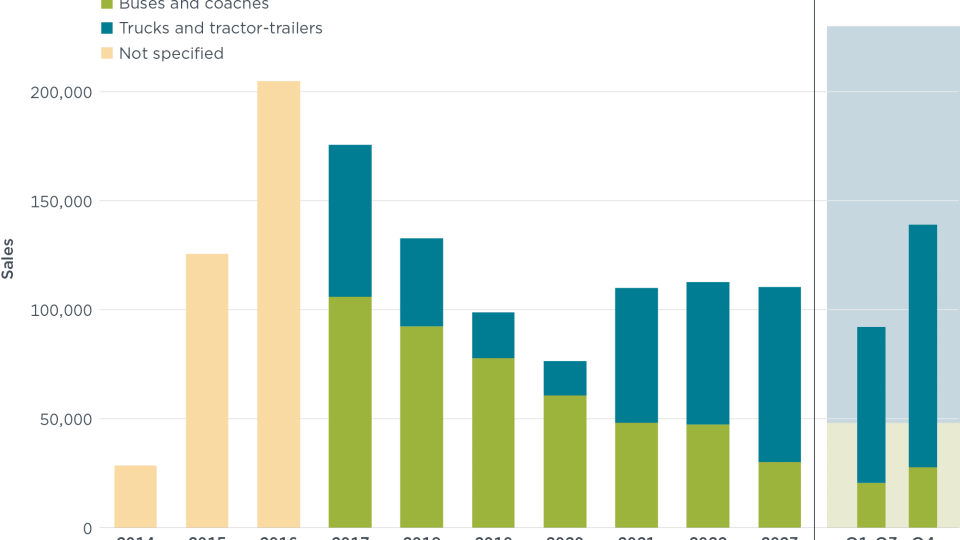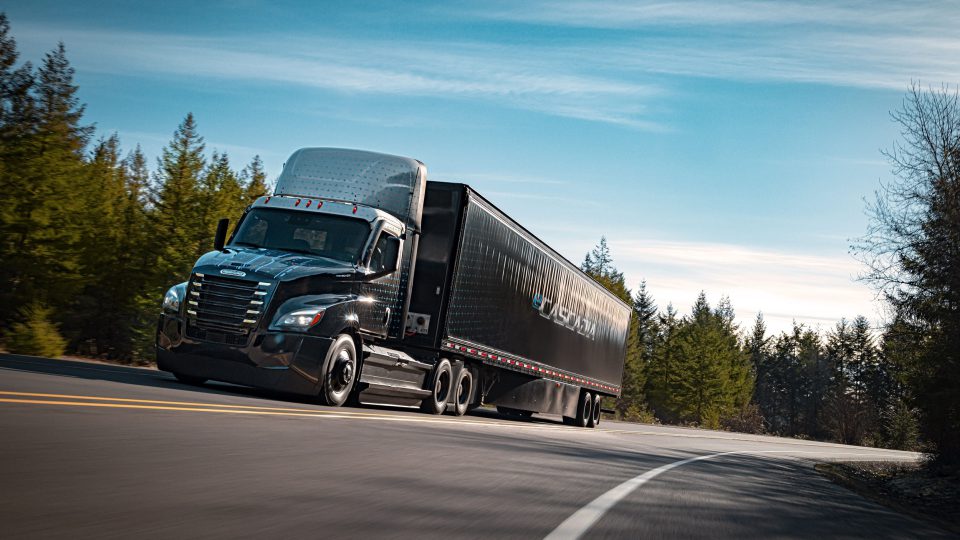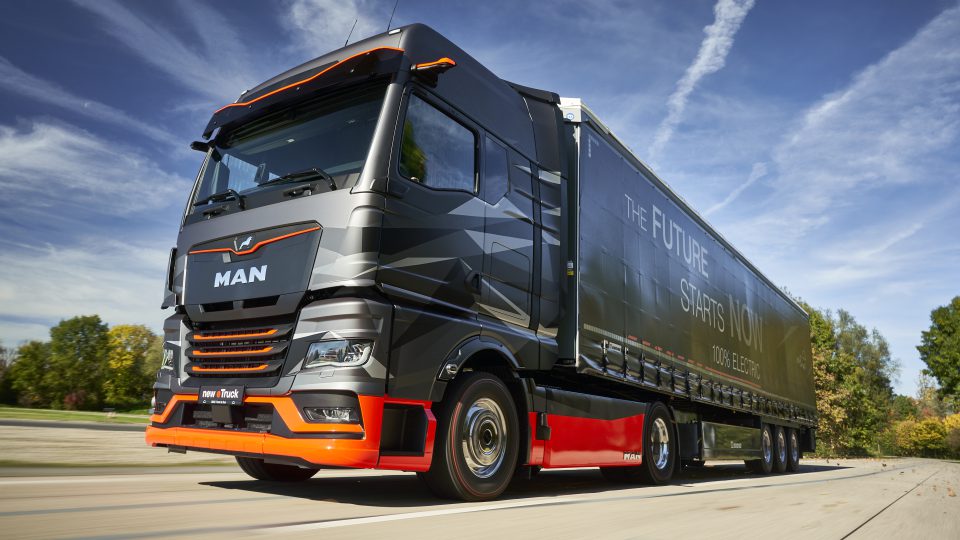The EU Parliament agrees on higher weight and dimensions for zero emission trucks
The EU Parliament has agreed on new rules to accelerate the uptake of zero-emission trucks by granting trucks four extra tonnes to accommodate electric and hydrogen technology and one-tonne axle increase.However, the final word on the matter will be spoken by the new Parliament, following the elections to be held in June. The first reactions from ACEA, IRU and T&E.

Today, March 12, the EU Parliament took quite a historical decision by allowing higher weight and dimensions freedom when it comes to zero emission trucks. However, the final word on the matter will be spoken by the new Parliament, following the elections to be held in June. Here’s what we wrote about this topic almost one month ago. As underlined by ACEA, such decision “better levels the playing field between zero-emission and diesel-powered trucks and buses“.
So, the EU Parliament has agreed on new rules to accelerate the uptake of zero-emission trucks by granting trucks four extra tonnes to accommodate electric and hydrogen technology and one-tonne axle increase. The plenary also confirmed the Commission’s proposed 2034 phase-out date, after which the 44-tonne cross-border facilitation measure will only apply to operators with zero-emission vehicles.
The EU Parliament on the weight and dimensions directive; reactions from IRU, ACEA, T&E
The latter was defined by IRU as “not technology neutral”. “The European Parliament has given a very important signal that incentives are needed to help road transport operators further decarbonise their operations”, said IRU EU Director of Advocacy Raluca Marian. “Facilitating border crossings with four additional tonnes and supporting national and cross-border traffic with high-capacity vehicle combinations is not only about improving transport by road, but also about improving transport in general, as well as the environment. For a vibrant EU economy, transport should not be about road, rail, maritime or air. It should be about the best use of all modes”.
The plenary’s report defines the Parliament’s position ahead of negotiations with the Council. However, the Parliament will be entering into recess at the end of April and the Council has not yet agreed on its negotiating position. The final decision will be taken under the next Parliament.
“Existing rules on weights and dimensions are no longer fit for purpose and actually penalise zero-emission vehicles, which are typically heavier,” commented Thomas Fabian, Chief Commercial Vehicles Officer at the European Automobile Manufacturers’ Association (ACEA). “The four-tonne weight increase and the one-tonne axle increase agreed by the Parliament both aim to redress the imbalance with diesel models, but further adjustments are needed.”
“The extra weight allowance should only support long-distance electric trucks by ensuring no payload is lost to accommodate batteries. Extending the same benefit to polluting diesel trucks instead only accelerates diesel sales, by allowing them to carry more than clean trucks. European governments should stop this diversion from a shift to zero emissions”, added Bernardo Galantini, freight officer at Transport & Environment (T&E).



